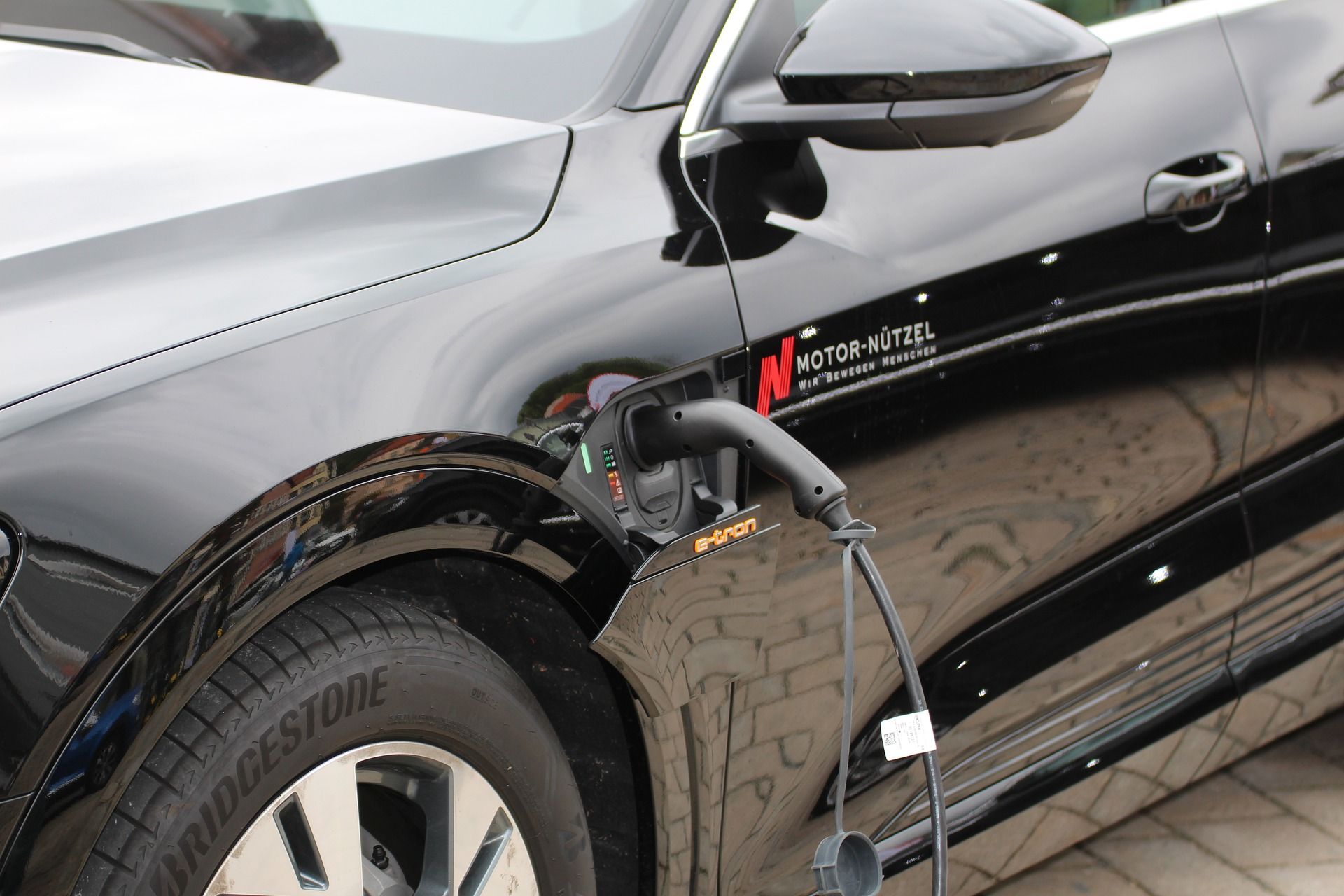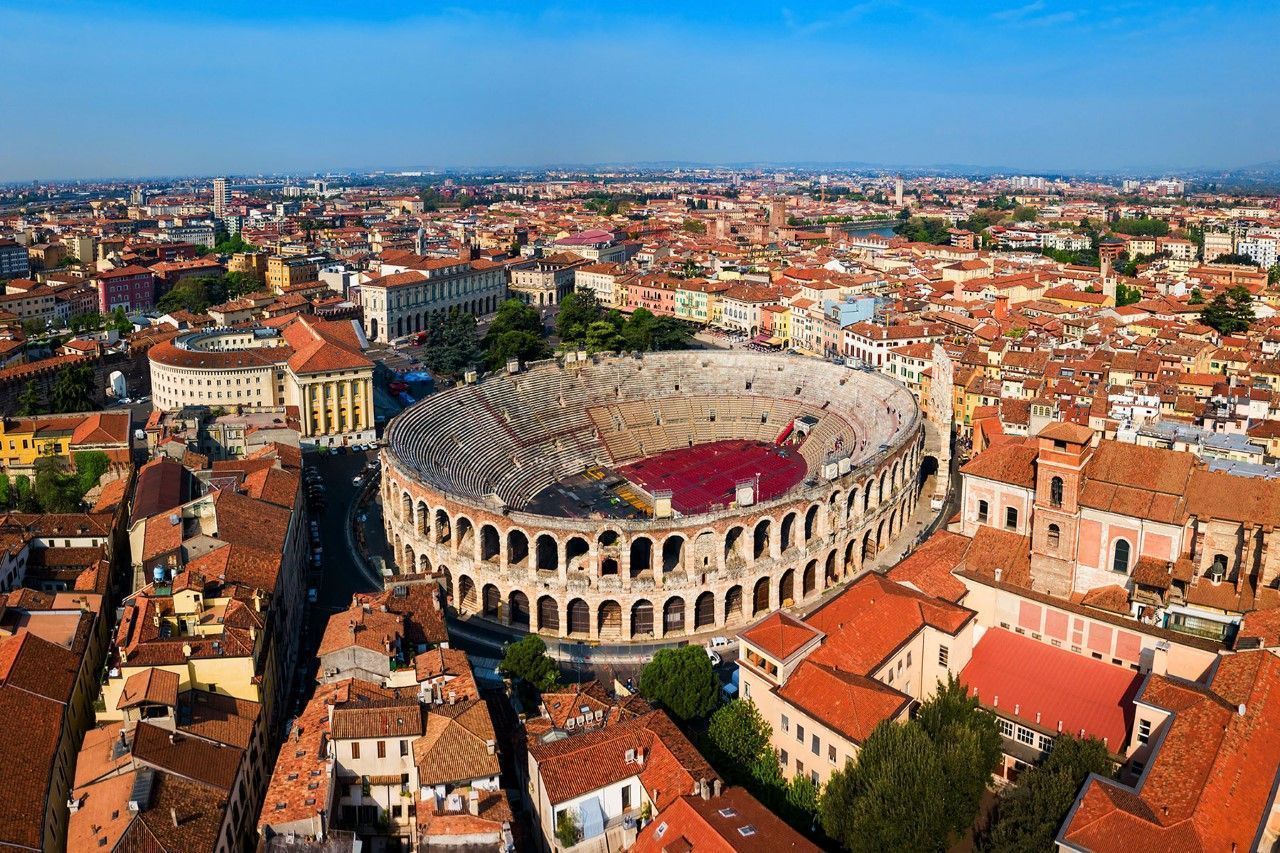Regardless of range or segment, all of the finalists competing for Car of the Year 2021, are electrified. In pole position are two fully electric cars, the Fiat New 500 and the VW ID.3, which, along with the plug-in hybrid vehicles, can be charged at public charging points.
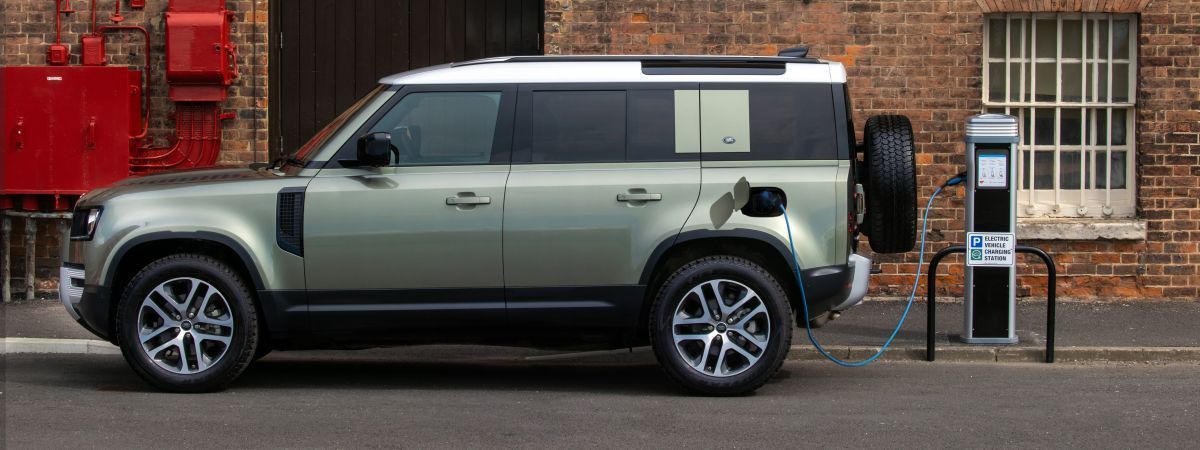
Each year, the title of Car of the Year elicits a lot of interest from car manufacturers in Europe and across the world. People tend not to have much in-depth knowledge about this award, given that it’s aimed at the auto industry,but the result, announced in the first few months of the year, is widely publicised. The title was first awarded as far back as 1964, then it was advertised on stickers and logos in brochures, promotional materials or on the cars themselves, on branded bunting. There will be even more focus than usual on the 2021 title, for a number of reasons, including the shortlisted electric vehicles.
A definitive step
Awarded by a large, qualified panel of car experts, representing 23 countries, the title of Car of the Year 2021 comes at a special time. A time when new cars, which must “last” an average of at least five years, have been released to the market whilst the world has been changing due to the pandemic. A time when the move to electric has been most evident in showrooms, a mass entry to market without precedent. Car manufacturers are pretty serious about their new cars being awarded this title and history tells us that the winner, even all of the top three in “good” years, is always popular with buyers and motoring writers. Figures recorded at the end of 2020 show that sales volumes reduced as a result of the pandemic (apart from China; European figures fell between 20% and 30%) and that customers everywhere increasingly want electric cars.
At a time when mobility is reduced because of the pandemic, EV and hybrid car sales enjoyed a double-digit increase, with an emphasis on plug-in models in each segment. So much so that there are more and more conversations about battery duration in bars and on social media, thanks to the huge volume of new ideas coming out from all brands. Exciting and attractive cars, with interiors that feature new revolutions in design. These conversations are also driven by the strong state and regional incentives that are available in Italy during 2021. Lombardy is offering a maximum bonus that matches the one offered by central government, doubling the already generous EUR 8,000 scrappage offer for buyers of new electric cars. It’s the hour of the BEVs, which are no longer just show concepts, cars for trailblazers or models still to be perfected: 2021 places these new, plug-in cars centre stage and, even if they don’t get to be Car of the Year, they’re all winners.
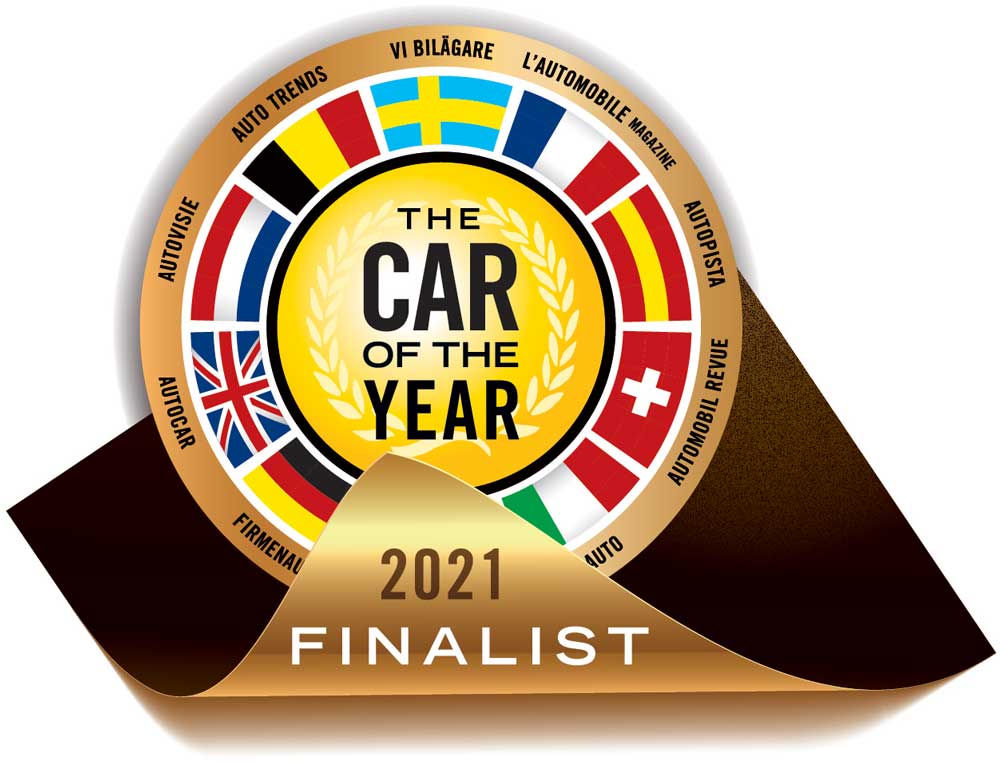
Given that the market is undergoing historic change, and that there is a real push for green policies within some governments, including the new American government, it’s only logical that electric or electrified cars are vying for the title. But if anyone still clinging to last century’s motoring is having doubts, they just need to see the shortlist to realise how times have changed. Today, even long-time lovers of petrol motors have to look at what’s in the showrooms. After sifting through the long list of 29 new cars from 2020, the final seven to be considered for the title all have either a battery hybrid or fully-electric model available. These are: Citroën C4, Cupra Formentor, Fiat New 500, Land Rover Defender, Škoda Octavia, Toyota Yaris and Volkswagen ID.3.
Some of these are native electric vehicles, powered only by energy accumulated in chargeable batteries. Others have engines with varying levels of electrification, like the plug-in hybrids. Many writers think that the two icons of the VW and FCA brands, the ID.3 and the 500e, are favourites to win the chance to use the multi-coloured logo in their promotional campaigns, and to be entered into the annals of Car of the Year history. However things go on 1st March, the date of the award, this is significant. Whether we in Italy prefer the 500 and people elsewhere like the ID.3, or the powerful Defender, it doesn’t really matter. What does matter is that it’s clear that 2021 signifies a step change, with greater emphasis on cars with electric and battery motors. This is affecting not just diesel models, but petrol models, too, because the shift is occurring across the board. The Car of the Year award tends to follow production trends and the demands of users most interested in new forms of mobility, but it shows us the best models that the large manufacturers are putting on the road for the first time today.
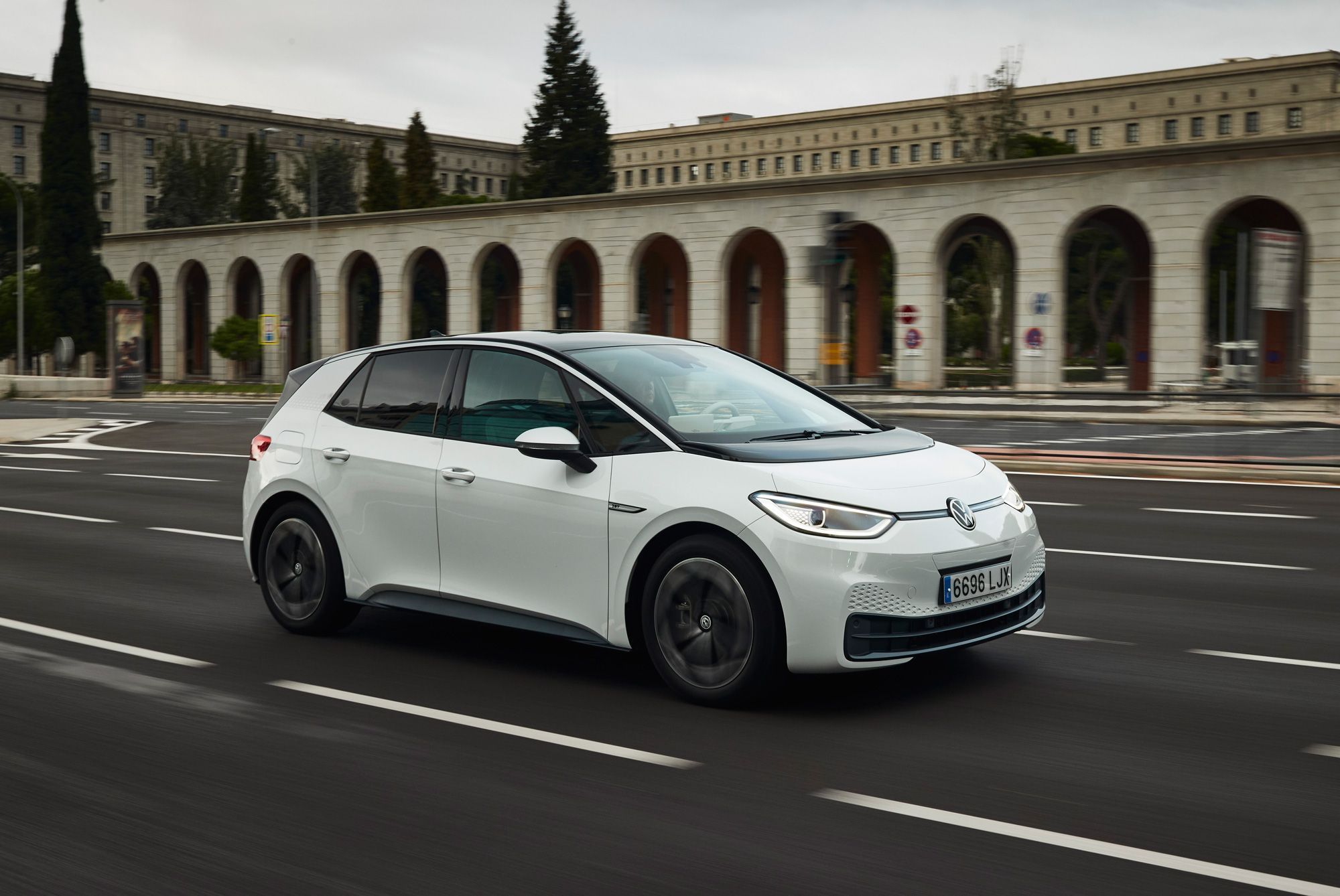
Which means the award is likely to go to PSA or FCA, rather than VW or JLR, or Toyota. These are the world’s leading car manufacturers that “drive” the market, with only one Japanese maker, whose classic hybrid Yaris features in this list, but it has already revealed that its brand-new Toyota BEV models will arrive soon. So, let’s look in detail at the types of battery and charging times of those cars whose adverts will be seen everywhere and will be featured in every media test-drive list, but will also experience a market boom and be seen in car parks everywhere, in the space of just a few years.
First, let’s look at this year’s new plug-in hybrids, which are compatible with AC charging points, like the many Be-Charge Quick points (up to 22 kW) that are available throughout Italy. These are the Cupra Formentor and Škoda Octavia, whose PHEV variants boast engines with up to 250bhp, and have 13 kWh batteries. These give around 50-70Km range under electric power, using WLPT figures, which vary according to model and power. Charging takes around 3.5 hours, using compatible AC sources up to 3.6 kW.
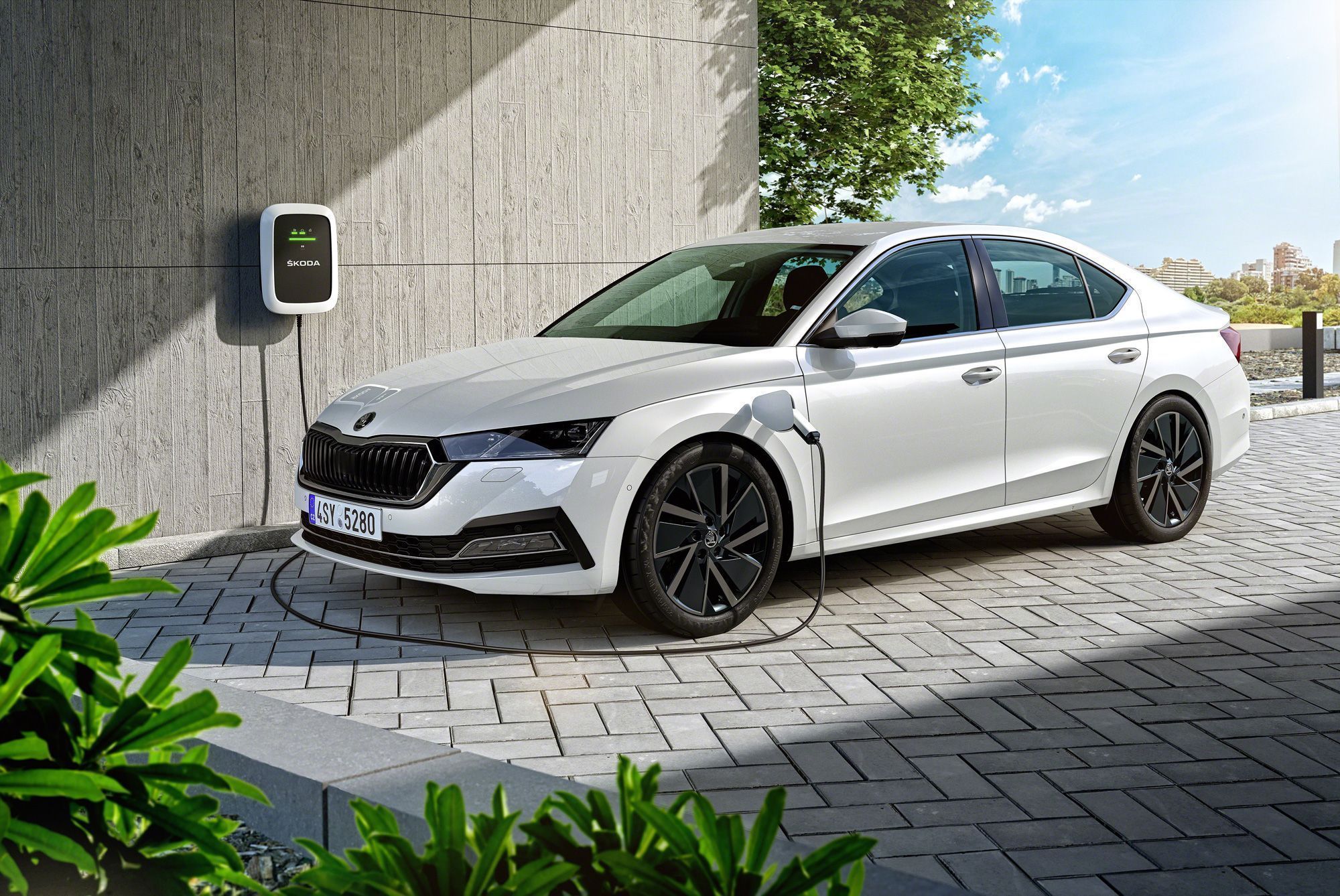
Native electric cars can be charged extremely quickly, which is possible thanks to super-fast charging points like the Be-Charge Fast points (up to 150 kW). The small Italian contender, the Fiat 500, whose top-of-the-range 42 kWh version offers a range of 320 Km, is compatible with two types of public charging point: the Mode 3 goes up to 11 kW and gives up to 80% charge in less than three hours. Fast DC rapid charging stations, providing up to 85 KW of charge, give an 80% charge in 35 minutes. The French challenger, the Citroën C4, in its purely electric E-C4 guise, has several charging solutions. The best performing is via the 100 kw Fast public charging points: an 80% charge in thirty minutes. There’s a 50 kWh battery pack on board, which gives up to 350 km of range, using WLTP figures. The queen of the German electric revolution, the ID.3, has a range of batteries and capacities available, offering the greatest variety of charging options. The most popular version at launch, the mid-range option with a 58 kWh battery and a declared range of 420 KM, is compatible with both AC and DC charging points. With >11 kW AC points, you can charge up in around 5 hours 20 minutes. However, by using the 100 kW rapid charging points, like the Be Charge Fast points, you can “fill up” an ID.3 in just half an hour. Finally, the British luxury off-road vehicle, the Land Rover Defender PHEV, has 19.2 kWh batteries, which take around thirty minutes to reach 80% charge at 50 kW rapid charge points (maximum permitted charge). This charging time increases to around two hours at less powerful, 7 kW charging points.
In Collaboration with:







